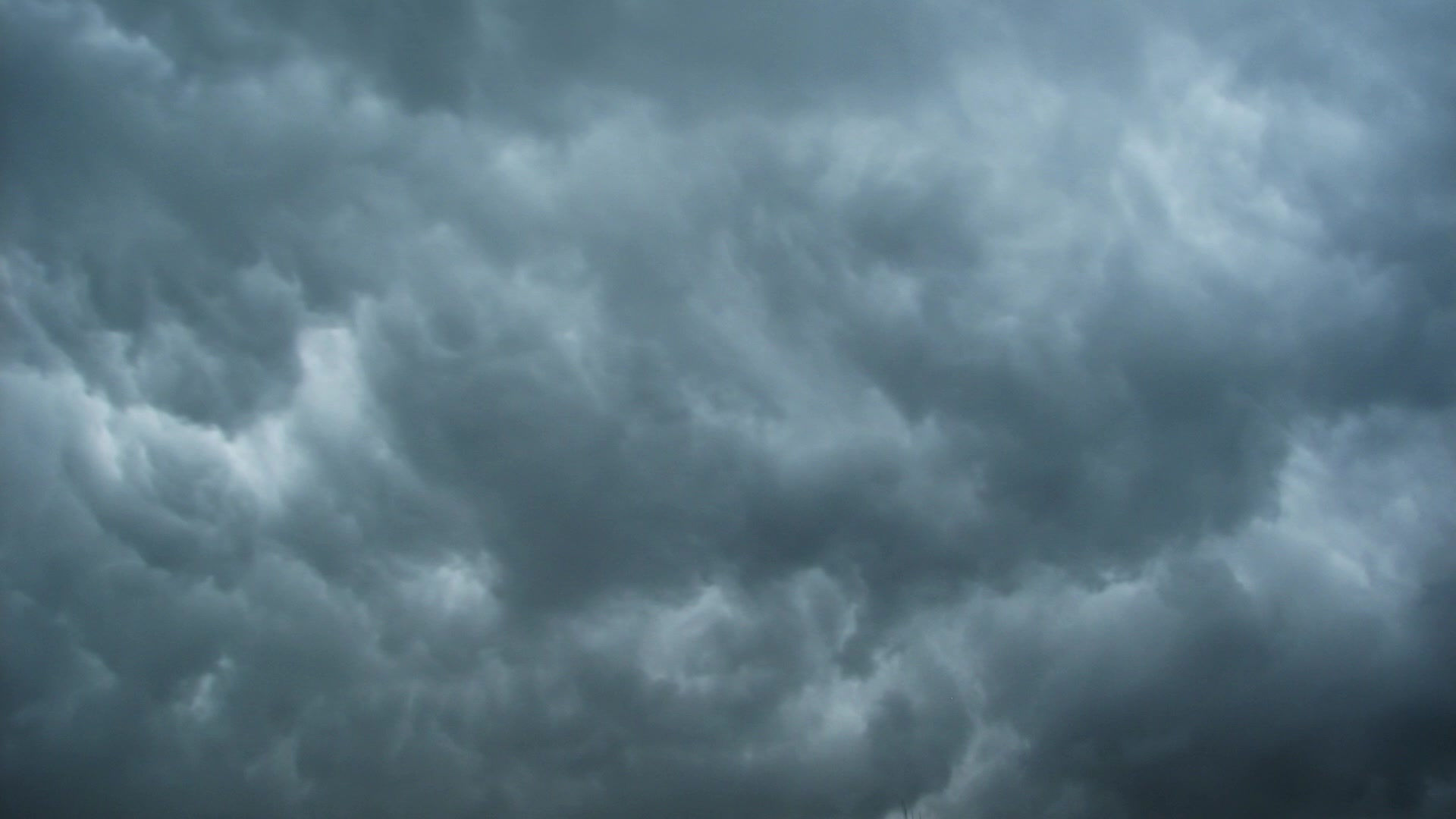
My friend Angie recently sent me a video of a unique cemetery memorial called Neighbors in Forest Hill Cemetery,Boston Massachusetts. It included a crazy story about a massive flood of molasses!
The cemetery itself was established in 1848 around a small lake in the Jamaican Plain neighborhood. A tiny village of carved stone houses sits hidden in a rocky area of the cemetery as part of a larger exhibit installed in 2006.
According to artist Christopher Frost, each of the seven houses are modeled after real homes once owned by prominent people buried in Forest Hill Cemetery. One of the houses was that of Ralph Martin, a wagon driver that perished during the Great Molasses Flood of the North end of Boston MA.
January 15, 1919. It was a Tuesday at approximately 12:30 pm that witnesses reported hearing a loud noise like a machine gun just before a 50 foot tank with 2.3 million gallons of molasses ruptured. It had been unusually warm that day. Everyone was outside enjoying and going about their day when a wave of molasses, 160 ft wide and 40 ft tall rushed the streets. Molasses is almost twice as dense as water making it very hard to escape.
Rescue efforts began almost immediately but were slow and difficult due to the molasses being knee deep in the streets. The wave had taken out buildings and an elevated train. The search continued, night and day, for 4 days. There were so many injured that a local doctor set up a makeshift hospital nearby. It was reported that the bodies found afterward were very hard to identify because the syrup had glazed them over. Some of the dead hd been swept out into the harbor and their bodies not recovered for months. In the end there were 21 dead and 150 injured.
It took a long time to clean up the mess. Salt water and sand were mostly used to clear the streets of the molasses, this was especially difficult after it hardened from cooling.
Soon after the incident, a lawsuit by 119 locals affected by the disaster was filed against the company USIA ,or United States Industrial Alcohol Company, owner of the tank. After three years of hearings and litigation the company was found to be responsible for the flood. USIA had failed to do basic annual safety tests on the tank knowing that it had issues. It is said by witnesses that it had a large crack in it for a long time. The crack leaked to the point that locals would go and fill buckets from it.
To this day It is said that you can still smell that sticky sweet smell in North Boston!


Comentários